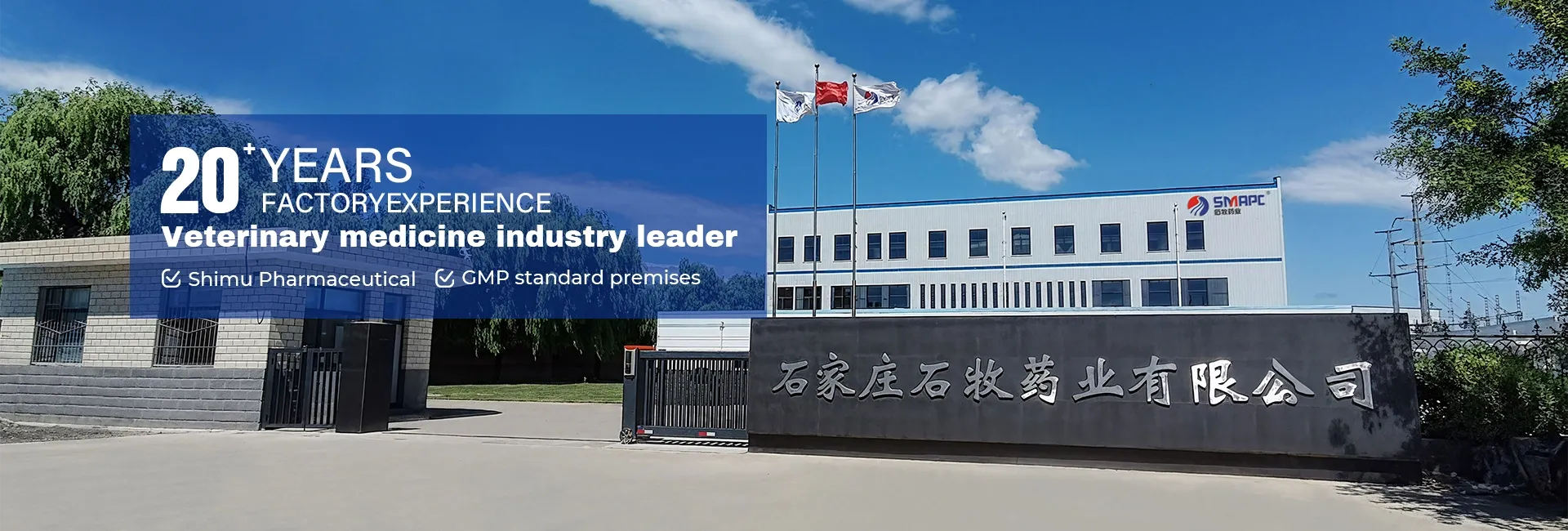In conclusion, albendazole is a fundamental medication in the fight against parasitic worm infections, acclaimed for its efficacy and safety across various patient populations. Its versatile applications in treating intestinal and tissue parasites underscore its significance in global health. As awareness of parasitic infections continues to grow, ongoing research and education will be essential in optimizing the use of albendazole and improving health outcomes worldwide. Regular public health initiatives, combined with medical interventions like albendazole treatment, can significantly contribute to reducing the burden of worm infections globally.






